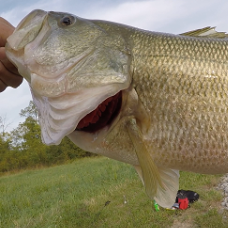
kayaking_kev replied to losslakelunkers's topic in Fishing Rods, Reels, Line, and Knots

kayaking_kev replied to losslakelunkers's topic in Fishing Rods, Reels, Line, and Knots

kayaking_kev replied to NOC 1's topic in Fishing Rods, Reels, Line, and Knots

kayaking_kev replied to pinchofpepper's topic in Fishing Rods, Reels, Line, and Knots

kayaking_kev replied to Dash Riprock's topic in Fishing Rods, Reels, Line, and Knots

kayaking_kev replied to kayaking_kev's topic in Rod Building and Custom Rods

kayaking_kev replied to lunkerboss923's topic in Fishing Rods, Reels, Line, and Knots

kayaking_kev replied to Michigander's topic in Rod Building and Custom Rods

kayaking_kev replied to Big_Easy_Bassin's topic in Fishing Rods, Reels, Line, and Knots
Tagged with:

kayaking_kev replied to Michigander's topic in Rod Building and Custom Rods

kayaking_kev replied to kayaking_kev's topic in Rod Building and Custom Rods
We have placed cookies on your device to help make this website better. You can adjust your cookie settings, otherwise we'll assume you're okay to continue.

